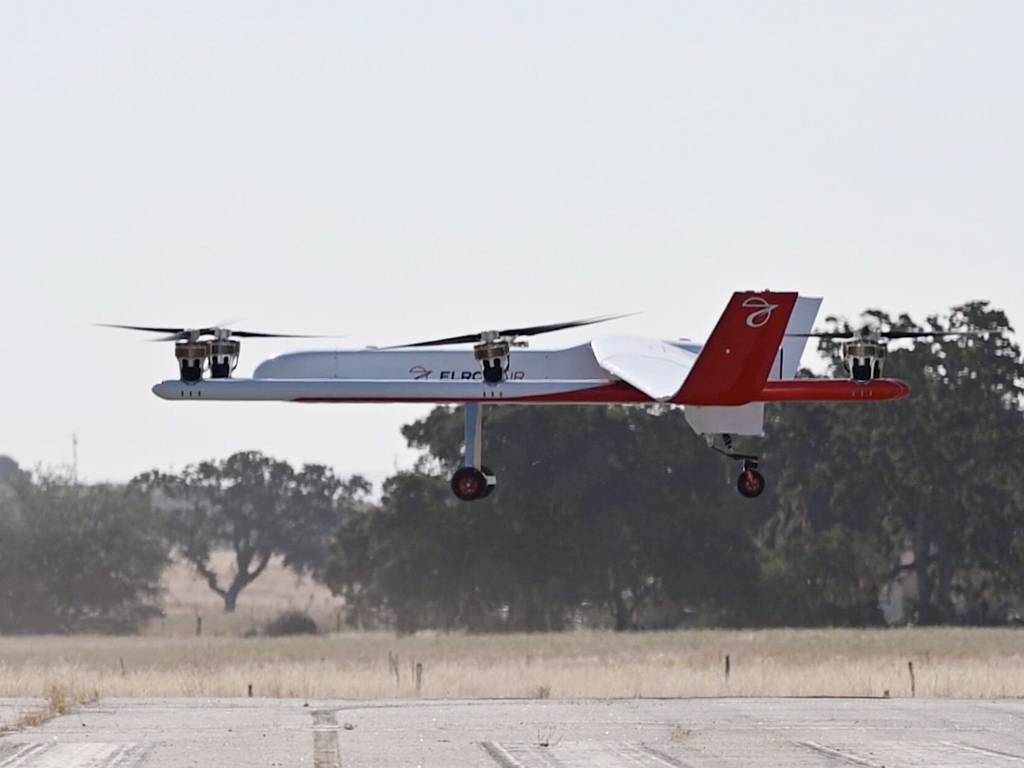
The Federal Aviation Administration (FAA) should better track its costs related to unmanned aircraft systems (UAS) so as to potentially recover those costs in the future.
Advertisement
That’s according to a new report from the U.S. Government Accountability Office (GAO), which was tasked by Congress with evaluating the FAA’s efforts to track UAS-related costs. The GAO also explored potential mechanisms for recovering such costs, notably through user fees.
The FAA is engaged in a number of activities related to integrating UAS into the nation’s airspace — many of which bear directly on the eVTOL industry’s ambitions for future autonomous air taxis. Currently, however, the agency’s only mechanism to collect revenue from UAS users is a $5 aircraft registration fee. Most of the FAA’s operations are funded by the Airport and Airway Trust Fund, which receives revenues from taxes and fees on airline tickets, aviation fuel, and cargo shipments paid by users of crewed aircraft.
As the GAO notes in its report, aviation industry groups are concerned that current funding levels for UAS integration efforts could not only impede the swift integration of UAS into the national airspace, but also erode resources available for the FAA’s activities related to traditional aviation. Additionally, “there is widespread consensus among manned and unmanned aviation industry stakeholders that UAS costs should be borne by the UAS industry rather than the manned aviation industry,” the report states.
According to the GAO, the extent to which the FAA should recover UAS-related costs are policy decisions for the administration and Congress. However, GAO auditors concluded that the FAA could be doing a better job of assessing those costs in order to lay the groundwork for informed decision-making in the future.
The FAA has been formally tracking costs associated with many of its UAS activities since 2017. This has been accomplished through the use of UAS project codes primarily within its Office of Aviation Safety, which encompasses the UAS Integration Office, Flight Standards Service, and Office of Rulemaking. The FAA said these offices account for the majority of its UAS-related costs, and that tracking such costs for other offices is not a priority.
However, the GAO observed that other FAA offices, such as the Office of the Chief Counsel, are also engaged with UAS activities. Because many of the FAA’s future UAS-related costs are unknown due to the evolving nature of the industry, “ensuring the project code information is complete and accurate now could put FAA in a better position to identify those costs as they are realized in the future,” the GAO pointed out.
The FAA’s parent agency, the Department of Transportation (DOT), concurred with this recommendation in its response to the GAO report. With respect to future cost recovery, the DOT noted that it has received recommendations on potential fee mechanisms for UAS-related activities.
Advertisement
“Given the rapid expansion of the UAS industry, as well as the likelihood that the FAA’s role will grow in kind, there will likely be future opportunities to determine which of the proposed fee-based structures are agreeable to both Congress and industry and would allow the agency to more fully recover UAS-related costs,” the DOT stated.
The GAO report notes that the FAA is anticipating the need to integrate urban air mobility passenger operations into the national airspace in the future, specifically “on-demand, highly automated, passenger air transportation services within and around a metropolitan environment with no pilot physically in the cockpit of the aircraft. These operations are expected to use UAS weighing thousands of pounds that would fly at higher altitudes (500 to 5,000 feet).”
The FAA also expects to see large cargo and inspection operations “using significantly larger UAS (up to tens of thousands of pounds) operating in controlled airspace at higher altitudes,” the report states.
The GAO suggested that such operations could be subject to business use fees or taxes in the future: “for example, fees for passengers using urban air mobility services or fees for the transport of cargo by UAS, similar to the existing excise taxes that fund the Airport and Airway Trust Fund for manned aviation.”
This story was originally published on eVTOL.com.




